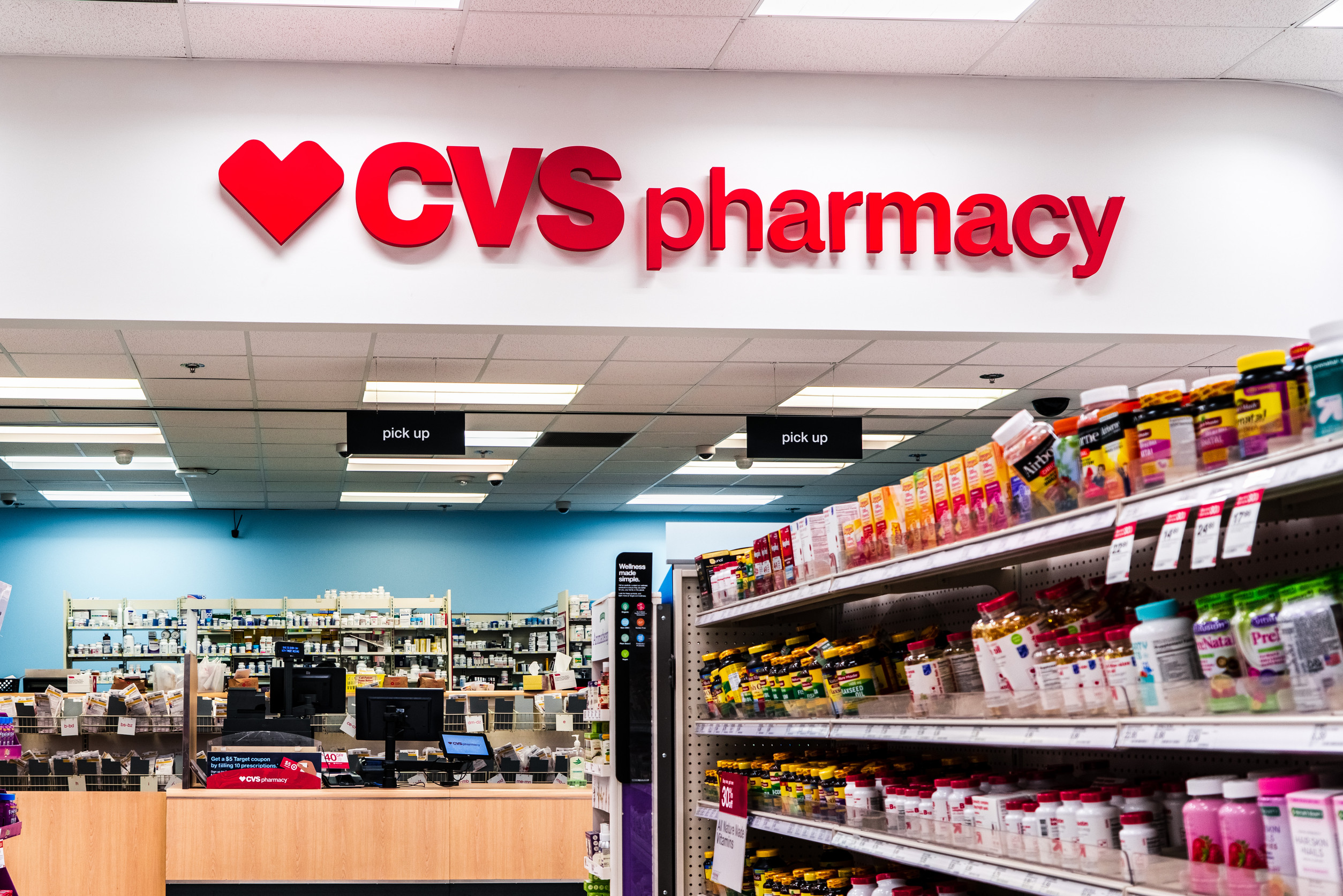
Think your local grocery store always offers the best deals on everyday essentials? Think again. Many drugstore items—especially staples and personal care goods—can undercut supermarket prices, especially when promotions or loyalty programs are in play. Knowing which items tend to be cheaper at drugstores can save you money, time, and frustration. In this list, we’ll walk through 10 grocery items that are always cheaper at drugstores (or frequently so) and how you can leverage that knowledge to shop smarter. Ready to stretch your budget? Let’s dive in.
1. Toothpaste, mouthwash, and oral care
Drugstores often promote deals on drugstore items like toothpaste, floss, and mouthwash to drive foot traffic. You’ll see “buy one, get one” offers or “spend $10, get $5 back” on these regularly. Because these are core categories for pharmacy chains, they rotate offers frequently. Plus, loyalty or rewards programs often kick in extra discounts on the same brands. That means your effective price per tube or bottle can beat supermarket rates.
2. Shampoo, conditioner, and hair care
Hair products are another category that drugstores emphasize heavily. Even premium or salon brands appear in rotating “BOGO 50% off” or “mix & match 2 for $15” offers. Drugstores know these are typical impulse buys, so they price aggressively. The loyalty programs or app coupons often stack on top of in-store sales. As a result, your effective cost per ounce or per use can undercut supermarket deals on the same brand.
3. Over-the-counter medications and supplements
Pain relievers, cold medicines, vitamin packs, and allergy tablets are core drugstore items. Drugstores get better wholesale deals for these and often run loss-leader specials to draw shoppers. Grocery stores typically mark them up more, since medicine is not their main draw. When you combine manufacturer coupons, store promo codes, or cash-back apps, the drugstore price often wins. Just make sure to verify active ingredients and quantities (like number of pills or strength).
4. Baby supplies and diapers
Diapers, baby wipes, formula, and similar baby care goods frequently appear in cross-promotions at drugstores. Drugstore chains bundle them with reward points, “get $X back” offers, or stacking digital coupons. Because raising lifetime customer value is important, drugstores invest heavily in loyalty schemes for parents. Grocery stores might match sales occasionally, but drugstores often begin with lower base prices.
5. Feminine care products
Tampons, pads, menstrual cups, and related feminine hygiene supplies are classic drugstore items. Thanks to frequent sales and cyclical promotions, drugstores can undercut grocery pricing on the same brands. They also tie these items to reward points, making your net spend lower. Even if groceries match a sale, drugstore loyalty coupons or digital rewards often create deeper discounts. If you track what you spend per box or pack, you’ll often see better per-unit pricing at the drugstore.
6. Cosmetics and beauty supplies
Makeup, skincare creams, foundations, and brushes are staples of drugstore items for good reason: they attract foot traffic. Drugstores regularly have brand-sponsored discounts, “new customer” codes, and reward multipliers. You’ll also see seasonal skin care sets or travel kits that grocery stores rarely carry. Because drugstores stock these items deeply, they can negotiate better deals from beauty suppliers. That advantage often gets passed to the shopper via promotional pricing.
7. Laundry detergent and stain removers
Yes, you read that right—some drugstore items include laundry care. Drugstores carry popular detergents, stain removers, and booster products, often tying them to “buy two, get $2” deals or digital coupons. When your grocery store doesn’t run a sale in that category, a drugstore promo can beat it. Because these are frequently purchased items, drugstores prioritize them in rotations. Just be careful with extremely large sizes—sometimes grocery stores win on per-ounce pricing when buying in bulk.
8. Snacks, nuts, and candy
You may find a lesser variety, but individual snack packs, nuts, protein bars, or candy bars in drugstore items often show up in discount bins or seasonal promos. Drugstores are masters of price anchoring—advertising “$2 off snack packs” to lure you into the rest of the store. Many of these deals beat what supermarkets charge, especially for smaller or impulse-size packs. If the drugstore is near you, it can be more convenient too. Just compare unit prices to ensure you’re not overpaying per ounce.
9. Coffee, single-serve beverages, and drinks
Many drugstores stock single-serve coffee packets, bottled cold brew, flavored waters, or energy drinks among their refreshment shelves. They promote these drugstore items via weekly specials or loyalty rebates. Grocery stores often keep these under “premium drink” aisles with higher base prices. When drugstores discount or bundle, your cost per can or packet can drop below grocery rates. For grab-and-go shoppers, that small difference adds up over time.
10. Eggs and staple dairy products
Surprisingly, some drugstores price essential perishables like eggs or milk low to draw shoppers into other aisles. Some chains adopt a “doorbuster” strategy: they underprice essentials (including milk or eggs) at a loss or break-even to generate foot traffic. Then, shoppers add drugstore items for profit. While this doesn’t hold everywhere, savvy shoppers know to check these promos—especially early in the week when stores compete on staples. When those staples fall during promotions, they can beat grocery perfor-prices.
Why Drugstore Deals Often Outperform Grocery Pricing
Drugstores use loss-leader strategies, rolling underpriced staples or drugstore items into their promotional mix to get you in the door. They lean heavily on loyalty programs and app coupons, stacking discounts in ways typical of groceries don’t. Their supplier relationships for health and beauty categories are stronger, given their core business focus. Also, because their shelf space is smaller, they frequently rotate promos to move inventory. So when a drugstore runs a special on, say, shampoo, it’s often deeper than what a supermarket will risk doing.
Next time you need essentials, don’t assume the grocery store is your cheapest bet. Compare unit prices, check drugstore apps or circulars, and stack rewards or coupons. Make a running list of drugstore items you regularly buy (oral care, baby goods, etc.) and watch for repeat promos. Use the grocery store for fresh produce, full-meal ingredients, and bulk staples where their scale matters. Over time, hopping between stores smartly can bring noticeable savings.
Which drugstore item surprised you by being cheaper there than at your grocery store? Or do you already exploit any of these deals? Share what works for you in the comments below!
What to Read Next
- 8 Products with “New Formula” That Are Actually Cheaper Blends
- Are “Family-Sized” Packs Really Cheaper Per Ounce?
- Can You Purchase Groceries at the Drugstore?
- 7 Items That Now Require a Store Employee to Unlock
- 6 Items That Look Cheaper But Cost More Per Ounce in 2025
The post 10 Grocery Items That Are Always Cheaper at Drugstores appeared first on Grocery Coupon Guide.







